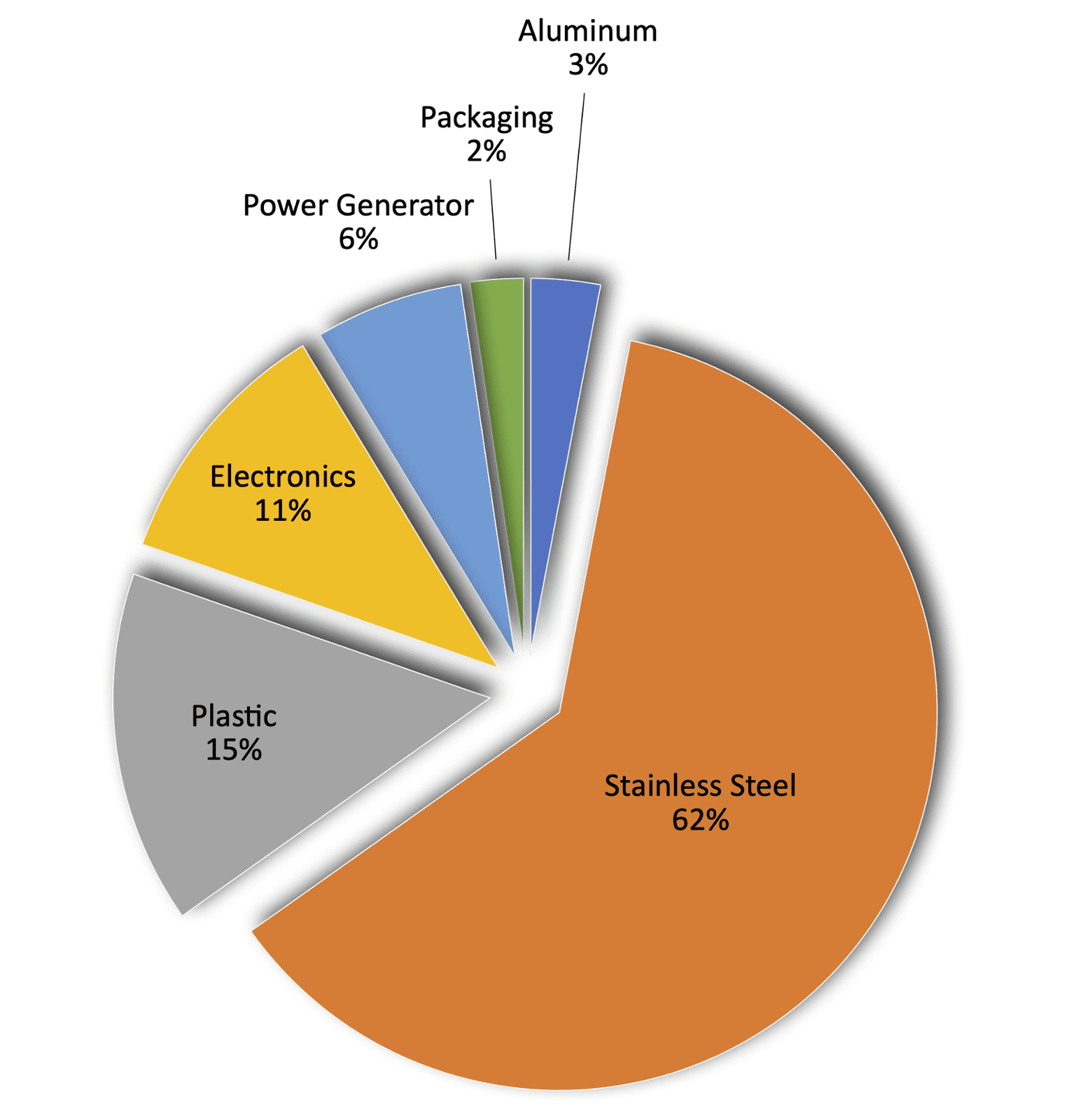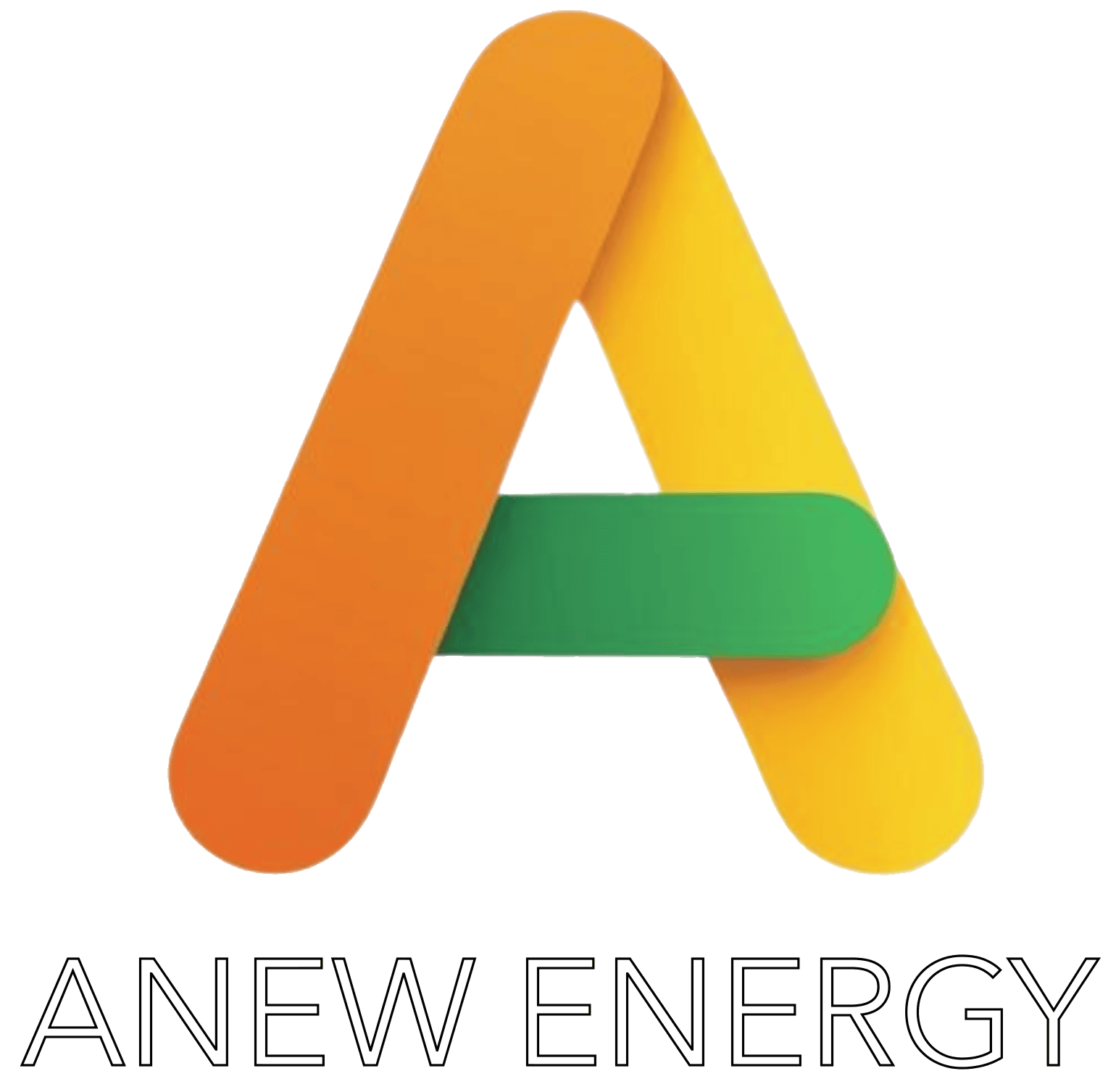ESG Commitments Monitored Using IoT Technologies
As we collect and compile data from our products and processes we use to make them, we must report on the clean energy power generated on the positive side of the ledger. As we see it, there are (2) two sides to the ledger using the World Bank Group WBG - GHG (Green House Gas) Emissions. On one side is the carbon energy consumption journey used to fabricate a component, install it in an assembly, then the carbon needed to transport that product to our customer's site. The installers need to travel to the location, use heavy equipment to erect the solution. This side of the business also has a carbon footprint that must be tracked and understood. The WBG scope of our project is defined as Direct and Indirect Emissions.
That side of the carbon ledger we will refer to as the (-) negative carbon offset. The other side of the ledger where we decarbonize the energy gains will be called the (+ positive carbon offset. Both offsets are tracked from the cottage shop supplier to end customer using IoT traceability technology. We are able to send packets of information to the customer e-portal where the ledger is kept. We can also build out a carbon credit validation report.
Our long term ESG Plan is to build copy factories around the world where we can generate our own power to make the products we are selling. The factory is designed to become a fulfillment center where customers can order direct to drive costs to their lowest format. It is our intention to train, certify, and hire the local cottage shop industry to supply labor needed to build sub assemblies that can not be automated. We will empower that workforce to participate in this sustainable economy by picking up components, taking them to their shops and homes to build and test. When the cottage shop supplier is set up for success, then local economy creates more upstream and downstream jobs at scale. Again, we must report on the carbon energy used to make those transactions part of carbon counting ledger.

WIND TURBINE RAW MATERIAL BY TYPE: (Example)
The raw materials used to fabricate the wind assembly are comprised of the following; Printed Circuit Boards, Aluminum Wire, Ferrite Magnets, Engineering Grade Plastics, Aircraft Grade Aluminum, Stainless Steel, and Wooden Pallets. When we compile the raw materials by material type, we can see that Stainless Steel controls 62% of the carbon energy budget. The amount of energy used to create 1 KG of Stainless Steel -vs- Aluminum - vs- Plastic calculations;
Aluminum (from bauxite): 227-342MJ (63,000 to 95,000 watt-hours)
Steel (from iron): 20-50MJ (5,550 to 13,900 watt-hours)
Plastics (from crude oil): 62-108MJ (17,200 to 31,950 watt-hours)
STAINLESS STRONG CARBON ENERGY NEGATIVE
Being high on the stainless steel delivers the a product with the lowest carbon footprint while delivering a solution that can withstand a long lifecycle. With an ESG goal of a 50 year service life, we can become carbon energy negative in 1/5th the service life.
Reference: carbon energy used to make raw materials reference guide

